New Water Ministry, Clean Ganga Portal, Ganga Manthan: Goverment makes efforts towards rejuvenating the Ganga
2014 marked the formation of the new Water Ministry known now as the Ministry for Water Resources, River Development and Ganga Rejuvenation. The aim of the new Ministry headed by Uma Bharti, is to revive the Ganga. Under the Integrated Ganga Conservation Mission called 'Namami Gange', the Government has allocated Rs. 2,037 crore in the Union Budget 2014-15. Along with this, the National Ganga River Basin Authority has also been transferred to the Water Resources Ministry from the Environment Ministry to expand the former’s role towards the revival of the Ganga and its tributaries. However, the two Ministries will be working in tandem to rejuvenate the river.
The year also saw the launch of an exclusive website for the Ganga, called the Clean Ganga Portal, with an objective to involve the public in the gigantic task rejuvenating the Ganga. Along with this, an official Facebook page and an e-book on the major activities and achievements of the Ministry has also been launched. In July 2014, the National Mission for Clean Ganga had organized 'Ganga Manthan', the first national dialogue on the Ganga. It was attended by ministers, MPs, scientists, experts, religious leaders and NGOs. Activists suggested that the river be divided into different ecological zones so that specific strategies could be developed for each zone.
The new Water Ministry prepared a blueprint of short, medium and long-term measures spread over a period of 18 years to clean the Ganga. The stage-wise action plan has been submitted to the Supreme Court, after the latter reprimanded the Ministry for its weak plan of actions for the revival of the river. Under the stage-wise action plan, the Ministry has constituted 120 special teams to study the various aspects of 118 places along the Ganga, Yamuna and Ramganga rivers in Uttarakhand, UP, Bihar and West Bengal.
'Swachh Bharat Mission' launched
 On October 2, 2014, Prime Minister Narendra Modi formally launched the nationwide cleanliness campaign, the 'Swachh Bharat Mission' or 'Clean India Campaign' with an aim to achieve universal toilet coverage by October 2, 2019. To track the progress of toilet construction under the Mission, WaterAid India launched an 'Interactive Map' in 624 districts. The Centre has given a free hand to states and municipalities in the implementation of the Swachh Bharat scheme in urban areas, along with setting an investment target of Rs. 42,512 crore from the private sector in the overall Rs 62,000-crore project.
On October 2, 2014, Prime Minister Narendra Modi formally launched the nationwide cleanliness campaign, the 'Swachh Bharat Mission' or 'Clean India Campaign' with an aim to achieve universal toilet coverage by October 2, 2019. To track the progress of toilet construction under the Mission, WaterAid India launched an 'Interactive Map' in 624 districts. The Centre has given a free hand to states and municipalities in the implementation of the Swachh Bharat scheme in urban areas, along with setting an investment target of Rs. 42,512 crore from the private sector in the overall Rs 62,000-crore project.
In conjunction with the Swachh Bharat Mission, the 'Swachhta Udyami Yojana - Swachhta Se Sampannta Ki Aur' was also launched by the Minister of State, Social Justice and Empowerment. The aim of this scheme is to provide financial assistance to safai karamcharis and identified manual scavengers for the construction, operation and maintenance of community toilets and for purchasing sanitation-related vehicles.
Warmest May, driest June, flooded August and September: Erratic weather in 2014
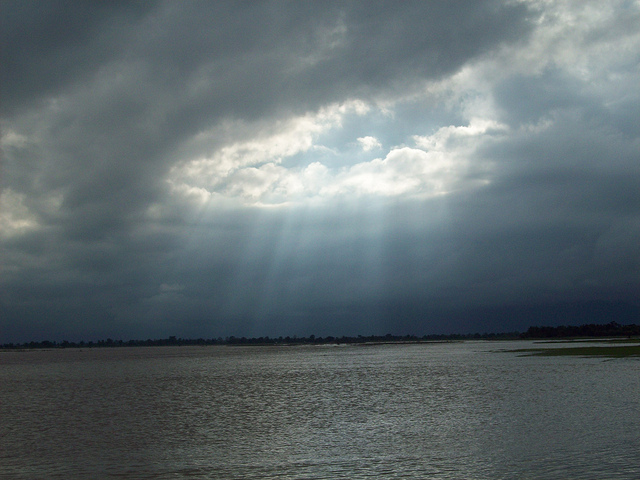 Globally, May 2014 was recorded as the warmest in history. India also experienced a heat wave that created a drought-like situation in many parts of the country. June arrived but India received only 85.8 mm rainfall over the entire month making it the driest June since 1901. The worst impacted states were Maharashtra, Madhya Pradesh, Gujarat and Rajasthan. However, in July, the monsoons covered the nation and heavy showers caused floods in Odisha, Uttarakhand, Assam, Uttar Pradesh, Bihar and Jammu & Kashmir, affecting lakhs of people. The Jammu & Kashmir floods were the worst in 60 years and claimed 160 lives. The Prime Minster called it a national level disaster and earmarked Rs 1000 crore for the state.
Globally, May 2014 was recorded as the warmest in history. India also experienced a heat wave that created a drought-like situation in many parts of the country. June arrived but India received only 85.8 mm rainfall over the entire month making it the driest June since 1901. The worst impacted states were Maharashtra, Madhya Pradesh, Gujarat and Rajasthan. However, in July, the monsoons covered the nation and heavy showers caused floods in Odisha, Uttarakhand, Assam, Uttar Pradesh, Bihar and Jammu & Kashmir, affecting lakhs of people. The Jammu & Kashmir floods were the worst in 60 years and claimed 160 lives. The Prime Minster called it a national level disaster and earmarked Rs 1000 crore for the state.
In Uttar Pradesh, monsoons caused floods and drought. While the 12 districts in Western and Eastern UP experienced a drought-like situation, several districts along the Indo-Nepal border suffered from floods. Viewing the situation, the UP Chief Minister ordered suspension of recovery of all revenue dues and cooperative bank loans from farmers in flood and drought-affected areas of the state.
Maharashtra reels under hailstorms, drought and water crisis
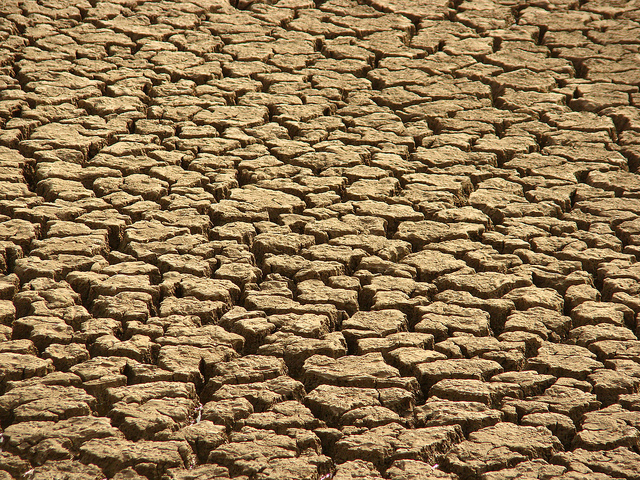 In the initial months of the year, Western Maharashtra faced the impacts of unprecedented hailstorms and unseasonal rainfall that destroyed 12 lakh hectares of crops. The situation triggered farmers' suicide in the state and nearly 560 farmers took their lives in February and March. This was followed by drought in the state and nearly 24,000 villages were added to the list of drought-hit areas. The number of drought-hit villages was twice the number of villages affected by the 2012 drought in the state. However, the State Chief Minister has sought Rs 3,925 crore funds for drought relief and intends to shift the focus of the state’s irrigation sector from large and medium-scale dams to village-level watershed management programmes, a strategy successfully adopted by Madhya Pradesh.
In the initial months of the year, Western Maharashtra faced the impacts of unprecedented hailstorms and unseasonal rainfall that destroyed 12 lakh hectares of crops. The situation triggered farmers' suicide in the state and nearly 560 farmers took their lives in February and March. This was followed by drought in the state and nearly 24,000 villages were added to the list of drought-hit areas. The number of drought-hit villages was twice the number of villages affected by the 2012 drought in the state. However, the State Chief Minister has sought Rs 3,925 crore funds for drought relief and intends to shift the focus of the state’s irrigation sector from large and medium-scale dams to village-level watershed management programmes, a strategy successfully adopted by Madhya Pradesh.
Disasters 2014
Apart from the Jammu & Kashmir floods, Visakhapatnam experienced cyclone Hudhud, which struck the coastal districts of Andhra Pradesh and Odisha at a speed of 195 kmph on October 12. As claimed, the state has suffered a loss of Rs 21, 908 crore.
On June 8, 24 engineering students from Hyderabad who had come to Himachal Pradesh for an excursion, were washed away by the sudden release of water from the Larji dam without a customary warning. The Himachal Pradesh Government has suspended three dam officials in this regard but the case related to the tragedy is still pending in the Himachal Pradesh High Court.
In August, a massive landslide took place in Malin village of Pune district which claimed 41 lives and buried more than 125 people. The real estate boom and illegal stone quarrying on the one hand and unscientific paddy cultivation on the other are being touted as the cause of this disaster.
Achievements 2014
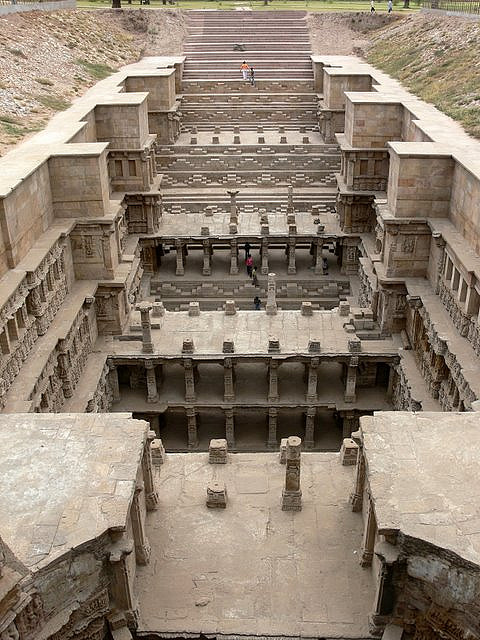 The United Nations has designated Chilika lagoon, Odisha's biodiversity hotspot, as 'Destination Flyways', for being a sustainable and resilient abode for migratory birds.
The United Nations has designated Chilika lagoon, Odisha's biodiversity hotspot, as 'Destination Flyways', for being a sustainable and resilient abode for migratory birds.- Queen's Stepwell or Rani ki Vav in Patan, Gujarat, has been recognised as a UNESCO World Heritage Site for its exemplary technological development in using groundwater resources.
- Ashtamudi lake in Kerala has become India's first Marine Stewardship Council-certified fishery for sustainable clam fishing. The lake is the second largest estuarine system in the state and supports the livelihood of 3000 fisherfolk who trade clams.
- The International Water Management Institute (IWMI)-Tata Water Policy Programme won the 2014 edition of the UN-Water 'Water for Life' - Best Water Management Practices' award for bringing together both scientists and policy makers.
- The Gangetic River Dolphin conservation project proposed by Aaranyak was voted the best in a global online public voting competition.
- The International Centre for Integrated Mountain Development (ICIMOD) won UNFCCC's 2014 Lighthouse Activity Award for its work on community-based flood early warning system in the eastern Brahmaputra river basin in India.
Green signal to many controversial projects
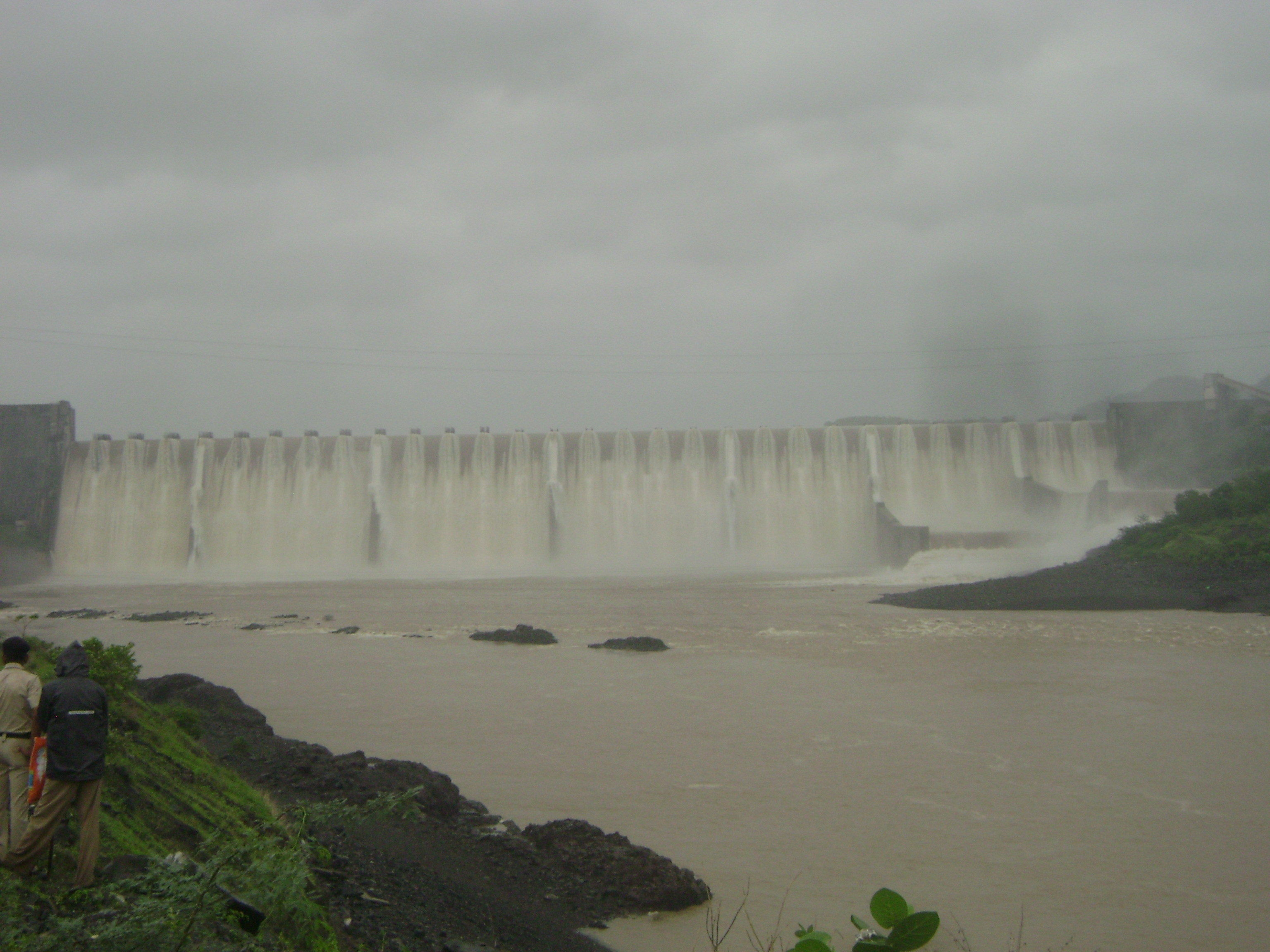 During the tenure of the current Government, the Environment Ministry gave its nod to 241 projects including several controversial water projects. Forest clearance was granted to the proposed Renuka dam project in Himachal Pradesh that aims to provide 275 million gallons of water/day to Delhi. However, the project has been cleared without reaching a solution to the tricky issues of settling tribal rights and actual demarcation of the land. In Arunachal Pradesh, the Dibang hydel project received the Centre's nod without any public consultation or impact study being carried out. HEO, Tato and Pauk hydel projects proposed on the Yarjep, a tributary of the Siang river, have also received a green signal. Also, Simang I and II, located near the Indo-China border in Arunachal Pradesh have been cleared. In Uttarakhand, the Ministry has given clearance to the under-construction 300 MW Lakhwara hydro power project across the river Kali.
During the tenure of the current Government, the Environment Ministry gave its nod to 241 projects including several controversial water projects. Forest clearance was granted to the proposed Renuka dam project in Himachal Pradesh that aims to provide 275 million gallons of water/day to Delhi. However, the project has been cleared without reaching a solution to the tricky issues of settling tribal rights and actual demarcation of the land. In Arunachal Pradesh, the Dibang hydel project received the Centre's nod without any public consultation or impact study being carried out. HEO, Tato and Pauk hydel projects proposed on the Yarjep, a tributary of the Siang river, have also received a green signal. Also, Simang I and II, located near the Indo-China border in Arunachal Pradesh have been cleared. In Uttarakhand, the Ministry has given clearance to the under-construction 300 MW Lakhwara hydro power project across the river Kali.
Apart from hydropower projects, many water projects were cleared by the Government in 2014:
- The Polavaram project that will relocate 50,000 families in Andhra Pradesh;
- The Ken-Betwa river link project that involves the diversion of 6000 hectares of the Panna Tiger Reserve in Madhya Pradesh;
- Increase in height of the Sardar Sarovar dam in Gujarat by 17 metres that will lead to the submergence of 245 tribal villages displacing over 250,000 people across Madhya Pradesh, Maharashtra and Gujarat while benefiting one million farmers in Gujarat;
- The construction of Shivaji statue in Arabian Sea that will cost Rs. 2000 crore to the Government for achieving environmental sustainability.
Global water news
- India receives UN license for deep sea mining along with UK, Germany, Brazil, Singapore and Russia.
- The International Standards Organisation (ISO) has announced a new standard ISO 14046: Environmental management – Water footprint – Principles, requirements and guidelines.
- International Rivers, a non-profit organisation, has launched an interactive online database that illustrates the impact of dams on the health of the world's rivers.
- The International Union of Conservation of Nature (IUCN) has brought out a first of its kind publication that maps the course of 54 rivers flowing between India and Bangladesh.
Other headlines in 2014
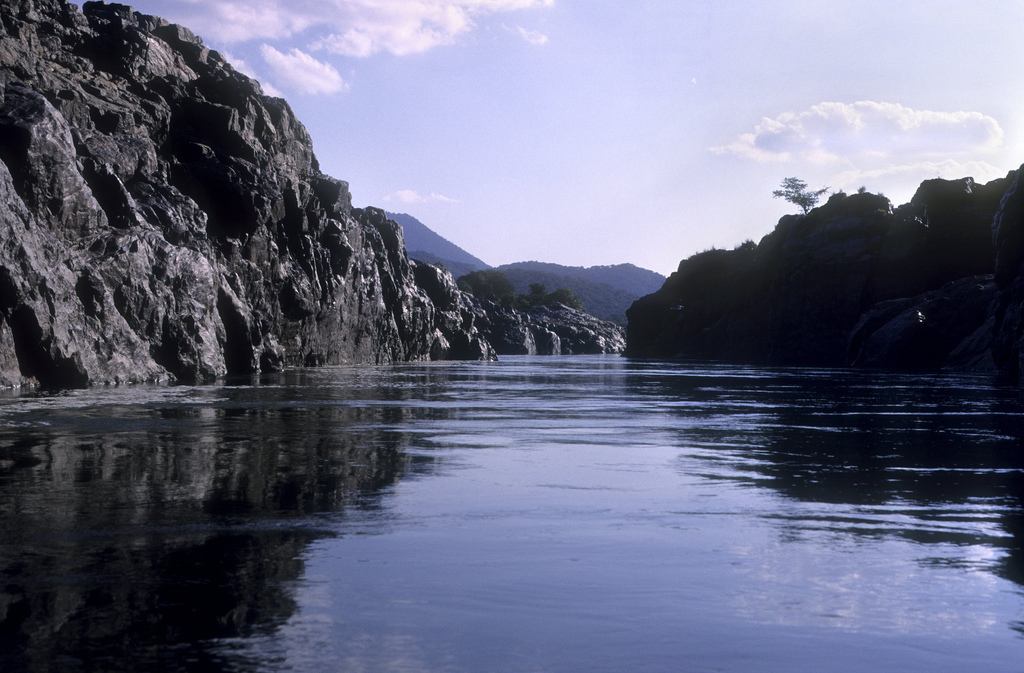 A consortium of NGOs organised the first ever India Rivers Week, 2014 in New Delhi in November. The theme of the four day conference was 'Rivers in Crisis'. Over 150 river experts, researchers, artists, enthusiasts and activists from all over the country attended the conference, during which the Minister of Water Resources, Uma Bharti, assured that the river interlinking project will not go on if there are adverse environmental consequences.
A consortium of NGOs organised the first ever India Rivers Week, 2014 in New Delhi in November. The theme of the four day conference was 'Rivers in Crisis'. Over 150 river experts, researchers, artists, enthusiasts and activists from all over the country attended the conference, during which the Minister of Water Resources, Uma Bharti, assured that the river interlinking project will not go on if there are adverse environmental consequences. - National Green Tribunal turns down green clearance to the 3600 MW thermal power plant in Tamil Nadu’s Cuddalore district, as it impacted marine life and the Pichavaram mangroves.
- The Central Government finally admitted that the hydropower projects in Uttarakhand had directly and indirectly aggravated the flash floods in 2013.
- Sikkim surpasses its sanitation targets and becomes the only state in the country to achieve full sanitation under the Nirmal Bharat Abhiyan scheme.
- CAG reports cost overrun of Rs. 60,000 crore in Maharshtra irrigation projects due to delay. The reason for the delay was improper estimates of the irrigation projects before initiating work as well as the absence of a well-defined system to grant project approvals.
- Central Pollution Control Board (CPCB) uploads on its website a list of 972 industrial units polluting the Ganga and its tributaries.













